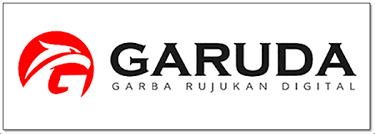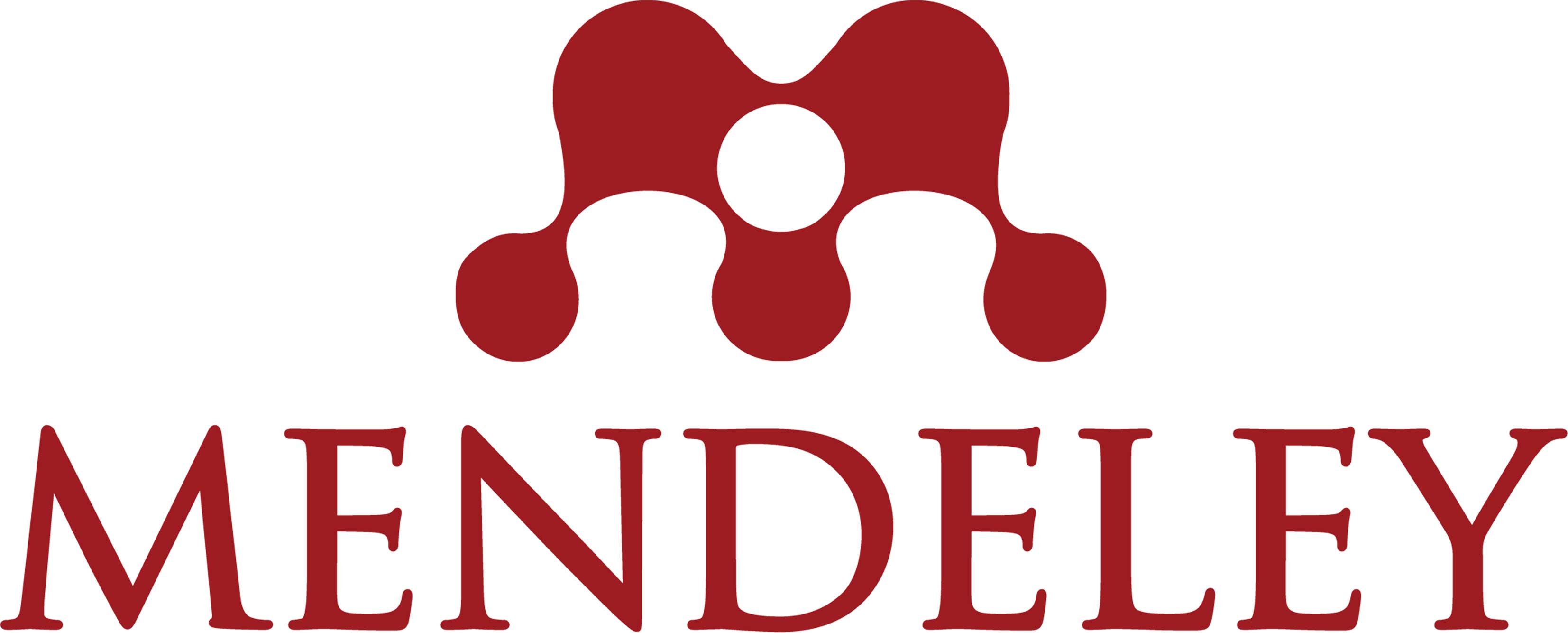Perancangan Animasi 2D sebagai Upaya Meningkatkan Pengetahuan dan Wawasan Remaja tentang Pembuatan Jamu Kunyit Asam dan Manfaatnya
DOI:
https://doi.org/10.17977/um064v1i92021p1245-1262Keywords:
animasi 2D, jamu kunyit asam, remajaAbstract
Abstract: Traditional turmeric and tamarind tonic is a traditional drink that is one of Indonesia’s cultural heritages. This drink is increasingly seen being replaced by modern drinks that are widely sold in shopping centers. It is proven by the decreasing consumption of traditional herbal medicine in the upper economic community, this will affect the existence of traditional herbal medicine. For this reason, traditional turmeric and tamarind tonic needs to be reintroduced to the public, especially to teenagers, so that this drink can be popular again alongside modern drinks. The media that is used to introduce the traditional turmeric and tamarind tonic for adolescents is in the form of 2d animation. The media was chosen because it is very popular and favored by adolescents. This study uses a descriptive method with a design consisting of pre-production, production, and post-production stages. 2d animation entitled Mother’s Kitchen as the main media, with supporting media in the form of an animated trailer. From the survey data, it was found that 53% of respondents' understanding of animation was very good and 56% thought that the story was very interesting. Based on the data obtained, the 2d animation mother’s kitchen can be used as an effort to increase the knowledge and insight of adolescents about the manufacture of traditional turmeric and tamarind tonic and its benefits.
Keywords: 2D animation, traditional turmeric and tamarind tonic, adolescent
Abstrak: Jamu kunyit asam merupakan minuman tradisional yang menjadi salah salah satu warisan budaya Indonesia. Minuman ini semakin jarang terlihat tergantikan oleh minuman-minuman modern yang banyak dijual di pusat-pusat perbelanjaan. Terbukti dengan konsumsi jamu tradisional pada masyarakat ekonomi atas yang mulai berkurang, hal ini akan mempengaruhi keberadaan jamu tradisional. Untuk itu jamu kunyit asam perlu dikenalkan kembali kepada masyarakat, khususnya remaja agar minuman ini bisa kembali populer bersanding dengan minuman modern. Media yang digunakan dalam pengenalan jamu kunyit asam bagi remaja berupa animasi 2 dimensi, media tersebut dipilih karena sangat populer dan digemari oleh para remaja. Penelitian ini menggunakan metode deskriptif dengan perancangan terdiri dari tahap pra produksi, produksi, dan pasca produksi. Animasi 2 dimensi berjudul “Mother’s Kitchen” sebagai media utama, dengan media pendukung berupa trailer animasi. Dari data survei menghasilkan pemahaman responden tentang animasi 53% sangat baik dan 56% berpendapat cerita sangat menarik. Berdasarkan data yang diperoleh, animasi 2 dimensi “Mother’s Kitchen” dapat digunakan sebagai upaya meningkatkan pengetahuan dan wawasan remaja tentang pembuatan jamu kunyit asam dan manfaatnya..
Kata kunci: animasi 2D, jamu kunyit asam, remaja
References
Addawood, A., Badawy, A., Lerman, K., & Ferrara, E. (2019). Linguistic cues to deception: Identifying political trolls on social media. Thirteenth International AAAI Conference on Web and social media, 13, 15–25.
Allan, K., & Burridge, K. (2006). Forbidden words: Taboo and the censoring of language. Cambridge, UK; New York: Cambridge University Press.
Bell, J.B., & Whaley, B. (2017). Cheating and deception. New Brunswick, N.J: Routledge.
Druckman, D., & Bjork, R.A. (Eds.). (1991). In the mind’s eye: Enhancing human performance. Washington, D.C.: National Academy Press.
Dynel, M. (2018). Irony, deception and humour: Seeking the truth about overt and covert untruthfulness. Boston Berlin: Walter de Gruyter.
Dzindolet, M.T., & Pierce, L.G. (2005). Using a linguistic analysis tool to detect deception. Proceedings of the Human Factors and Ergonomics Society Annual Meeting, 49(3), 563–567. doi:10.1177/154193120504900374
Fallis, D. (2010). Lying and deception. Philosophers’ Imprint, 10(11), 1–22.
Francis, E. (2018). MisInfoWars: A linguistic analysis of deceptive and credible news (Master’s thesis, Simon Fraser University, Canada). Retrieved from http://summit.sfu.ca/item/18571
Galasiński, D. (2000). The language of deception: A discourse analytical study. Thousand Oaks, Calif: Sage Publications.
Hancock, J.T., Curry, L.E., Goorha, S., & Woodworth, M. (2008). On lying and being lied to: A linguistic analysis of deception in computer-mediated communication. Discourse Processes, 45(1), 1–23. doi:10.1080/01638530701739181
Johnson, R. (2018). Knives Out [Screen script]. Retrieved from https://lionsgate.brightspotcdn.com/fb/14/23cd58a147afbb5c758ecb3dff0a/knivesout-final.pdf
Johnson, R. (Director). (2019). Knives Out. [Film]. T-Street Productions.
Joinson, A.N., & Dietz-Uhler, B. (2002). Explanations for the perpetration of and reactions to deception in a virtual community. Social Science Computer Review, 20(3), 275–289. doi:10.1177/08939302020003005
Levitan, S.I., Maredia, A., & Hirschberg, J. (2018). Linguistic cues to deception and perceived deception in interview dialogues. Proceedings of the 2018 Conference of the North American Chapter of the Association for Computational Linguistics: Human Language Technologies, Volume 1 (Long Papers), 1941–1950. New Orleans, Louisiana: Association for Computational Linguistics. doi:10.18653/v1/N18-1176
Makhfiana, L., & Himmawati, D.R. (2017). Deception analysis of Chutney Windham in Legally Blonde movie. Language Horizon, 5(1), 66–73. Retrieved from https://jurnalmahasiswa.unesa.ac.id/index.php/language-horizon/article/view/19178
McCornack, S.A. (1992). Information manipulation theory. Communication Monographs, 59(1), 1–16. doi:10.1080/03637759209376245
Merzah, S.K., & Abbas, N.F. (2020). Deception in Flynn’s psychological thriller Gone Girl (2012): A pragma-stylistic analysis. European Journal of Literature, Language and Linguistics Studies, 3(4), 118–148. doi:10.5281/ZENODO.3766515
Newman, M.L., Pennebaker, J.W., Berry, D.S., & Richards, J.M. (2003). Lying words: Predicting deception from linguistic styles. Personality and Social Psychology Bulletin, 29(5), 665–675. doi:10.1177/0146167203029005010
Nugrahaeni, Q.W. (2019). A study of deception in Red Sparrow movie 2018 (Master’s thesis, Muhammadiyah University of Surakarta). Retrieved from http://eprints.ums.ac.id/70553/
Pennebaker, J.W., Mehl, M.R., & Niederhoffer, K.G. (2003). Psychological aspects of natural language use: Our words, our selves. Annual Review of Psychology, 54(1), 547–577. doi: 10.1146/annurev.psych.54.101601.145041
Picornell, I. (2013). Analysing deception in written witness statements. Linguistic Evidence in Security, Law and Intelligence, 1(1), 41–50. doi:10.5195/LESLI.2013.2
Schröter, M. (2013). Silence and concealment in political discourse. Amsterdam/Philadelphia: John Benjamins Publishing Company.
Utz, S. (2005). Types of deception and underlying motivation: What people think. Social Science Computer Review, 23(1), 49–56. doi:10.1177/0894439304271534
Vincent, J.M., & Castelfranchi, C. (1981). On the art of deception: How to lie while saying the truth. In H. Parret, M. Sbisà, & J. Verschueren (Eds.), Studies in Language Companion Series (vol. 7, pp. 749–777). Amsterdam: John Benjamins Publishing Company. doi: 10.1075/slcs.7.39vin
Wangru, C. (2016). On deception from the perspective of sociolinguistics. Studies in Literature and Language, 12(5), 54–59. doi:10.3968/8443
Downloads
Published
How to Cite
Issue
Section
License
Copyright (c) 2021 Sisca Kumara Dayu, Mitra Istiar Wardhana, Arif Sutrisno

This work is licensed under a Creative Commons Attribution-ShareAlike 4.0 International License.





























